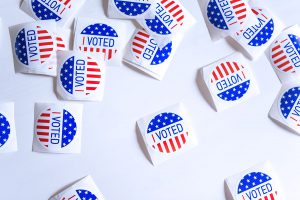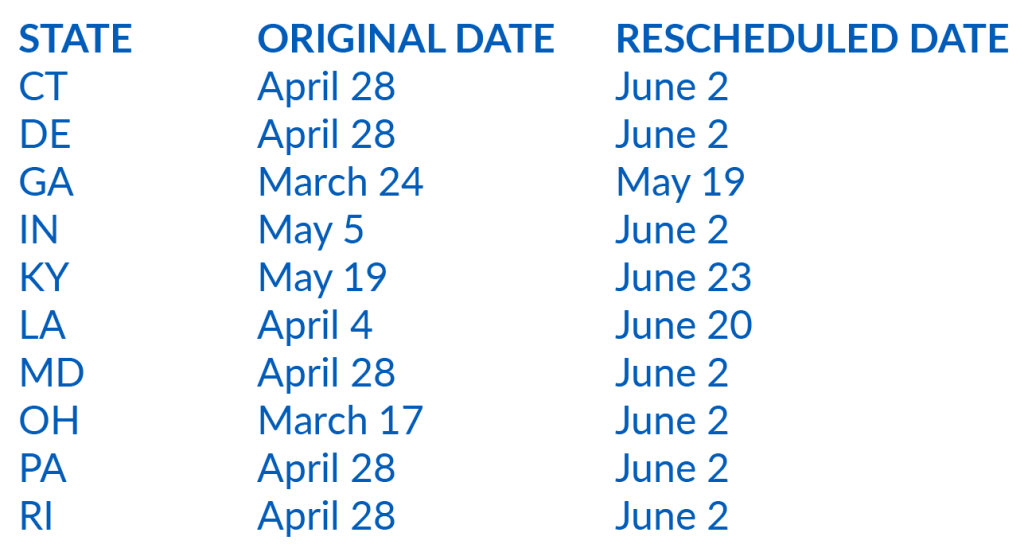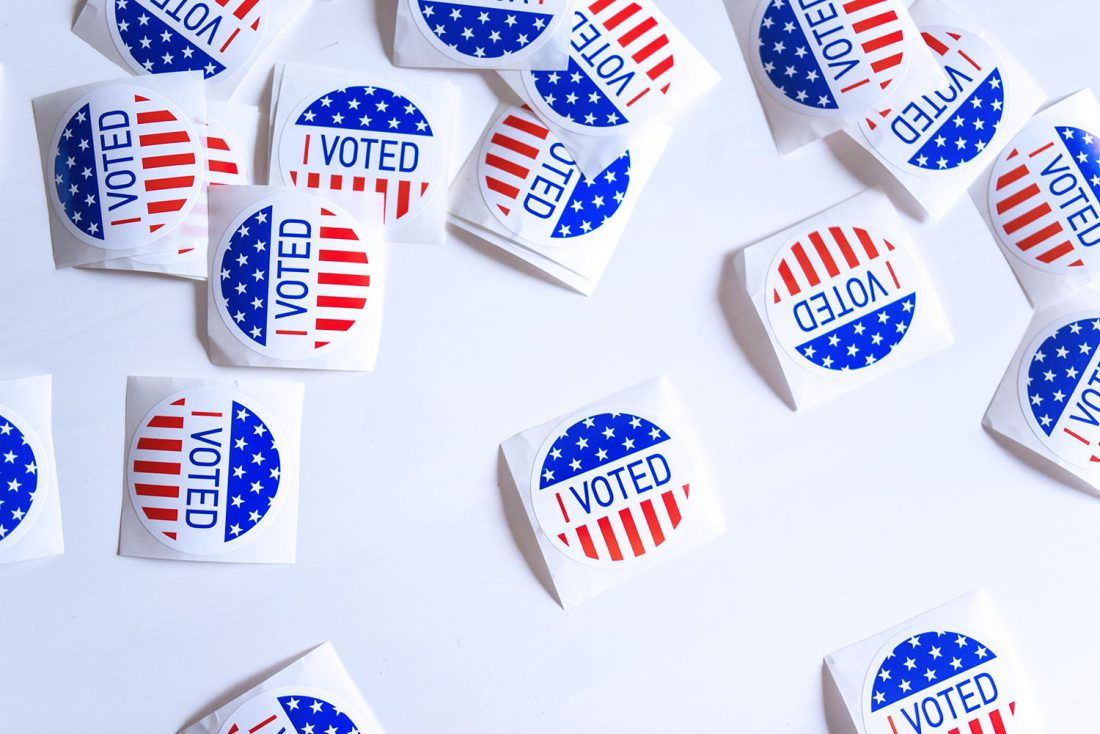Not Politics as Usual
 As the world is affected by COVID-19, so too is the political scene.
As the world is affected by COVID-19, so too is the political scene.
From the start of the primary season on February 3 with more than 20 Democratic presidential candidates, so much has dramatically changed. We are now down to two potential candidates: Joe Biden and Bernie Sanders.
The advertising world expected an onslaught of political dollars during the primary season. Almost $1 billion was spent by Bloomberg alone in the first few months. But now, with the narrowed field of candidates and the postponement of primaries by some states which have not yet held them, the total amount of primary spending will certainly be diminished.
In addition to the postponement of primary dates, there is a real issue in that senior citizens comprise a large percentage of not only the voting population, but also of polling place administrators. Since senior citizens are among the highest-risk group for contracting COVID-19, it has been a key factor in the decision to move several states’ primary dates. With so many delayed primaries, June 2nd is suddenly a Big Tuesday!

For the primaries that have not been moved, the following changes have been made:
- Wyoming (April 4) – canceled in-person portion of its Democratic caucus; will use mail-in votes and will have voters pick up and drop off ballots
- Alaska (April 4) – canceled in-person portion of voting; will use a more expansive vote-by-mail process
- West Virginia will most likely postpone to May 12; urging voters to fill out absentee ballots and taking precautions for anyone planning to vote in person
To help keep on top of the latest changes, you can refer to The National Conference of State Legislatures (NCSL) for the full list of 2020 State and Presidential Primary Election Dates. This site is updated regularly.
With the delay of many primary dates comes the delay of political spending. While TV HUT levels and viewing are surging right now due to more people staying home, the TV ad business has dropped off, with many advertisers cancelling and postponing schedules. For markets with upcoming primaries, we expect to see some pressure in the two to three weeks leading up to elections, with two Democratic candidates still competing.
The digital space will see increased activity from political ads due to COVID-19. While campaigns are not increasing overall spending, some ad rates have dropped, allowing the dollars to purchase more ad impressions. Also consider that face-to-face political fundraising efforts have come to a screeching halt. Here’s where digital platforms, namely Facebook, are effective for raising money.
Assuming the pandemic is under control by the fall, we will see no shortage of political spending supporting all candidates and races. Primary spending that has diminished is expected to be moved to support the general election. The largest shift of dollars at this point is from Mike Bloomberg, who ended his own presidential bid in early March. He is planning an independent spending effort to support candidates, focusing on critical swing states for the general election. We can expect to see this support in Florida, Wisconsin, Arizona, Michigan, Pennsylvania and North Carolina. While Bloomberg has endorsed Joe Biden for the presidential nomination, his efforts will support whoever ends up being the Democratic nominee.
Using advanced technology can ensure voter turnout, even in a pandemic.
With all the technology available to most citizens, can we count on being able to vote on our phones soon? The answer for some Americans is yes. Despite fear related to election security, some pockets of the U.S. are experimenting with internet voting. The actual number of people voting this way is still very limited, but it’s viewed by many experts as necessary growth in a cumbersome and outdated system. Now with a pandemic complicating in-person voting, it seems even more prudent to consider electronic options. The Boston-based technology company responsible for the app Voatz uses cutting-edge technology to make voting more accessible and secure. They insist their product is safe from the sort of cyber-intrusions that multiple states endured leading up to the 2016 election.
However, election technology was in the national spotlight last month, when an app developed by Shadow was used in the Iowa Democratic caucus. It famously led to delayed reporting and confusion on the results. This snafu may have delayed the adaption of mobile voting even with the urgent need posed by the current pandemic. However, this app had not been properly tested, and the precincts were not trained how to use it. Consider that it was never meant as a mobile voting platform, rather an app designed to send results from precincts to party headquarters.
In addition to those who fear exposure to COVID-19, there are many other people who stay away from the polls due to their personal situations with other illness and disabilities, age, jobs that don’t allow leave, those caring for children, and overseas & military voters. States and localities that adapt to allow mobile voting will be improving participation in elections. Currently, US voter turnout at 55.7% (2016 election) lags behind that of peer nations, according to Pew Research Center. A mobile phone-based option would likely improve turnout among the noted groups as well as for young voters who are far more comfortable with this technology than that available with voting booths in the current system. With jurisdictions getting started now with testing, these groups should be more engaged with the process within a few years.
Reliance on the absentee voting system
 For our present situation, an option supported for consideration by Joe Biden is to investigate all-mail ballots to help deal with a potential coronavirus resurgence in the fall. Biden says, “Whether or not that is required across the board in all 50 states and territories, I am not sure. But we should be beginning to plan that.”
For our present situation, an option supported for consideration by Joe Biden is to investigate all-mail ballots to help deal with a potential coronavirus resurgence in the fall. Biden says, “Whether or not that is required across the board in all 50 states and territories, I am not sure. But we should be beginning to plan that.”
A pandemic stimulus bill passed by the Senate includes $400 million for states to allow voting by mail. This Friday, the House will likely pass the bill that includes these provisions, but it will not be simple, cheap or fast. With a potentially dramatic rise in the use of absentee ballots comes the need for many election boards to increase staff to handle mail-in ballots and invest in machines that can scan and verify signatures. The election results may be delayed by weeks due to the potential avalanche of mail-in votes.


